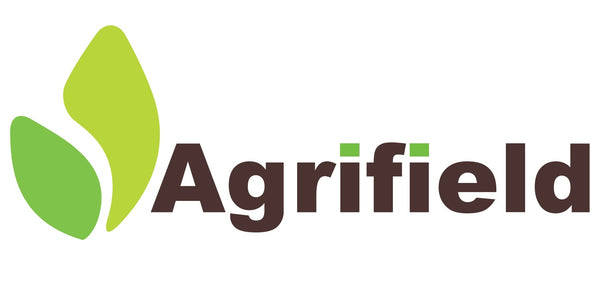Peat-free, organic and how to water?
With Biomix® we have a nice alternative to potting soil with peat. We are convinced that this is possible. Practical tests and growers who have been successfully doing this for several years confirm this.
The Biomix ® consists of non-peat components and also contains a biological fertilizer. Because it does not contain peat, we see that the potting soil (= substrate) dries faster. After all, peat is known for its ability to retain water well. That in itself is an excellent feature, especially for people who know how frequently you can water a substrate with peat.
But experience is often lacking as to how to water a substrate without peat. So the Biomix ® does require a different approach to watering! Because people have no experience in growing peat-free potting soil, good advice is essential. Because if you want to grow in the same way on a peat-free substrate, things will inevitably go wrong! Therefore, here is additional information on how best to grow in a peat-free potting soil.
Higher frequency, less water
The peat-free Biomix ® potting soil contains a lot of air thanks to the wood fiber and organic coconut it contains. So in terms of air rating, the substrate scores a big 10. But the water retention capacity is an aspect that you have to take into account. The coconut is certainly able to retain water, but much less than peat that is traditionally used in potting soil. You must take this into account when watering.
It is better to give a little water every day (every two days depending on the temperature) and then a little less in your irrigation. The potting soil dries relatively quickly, especially in the top 5 cm. An additional advantage is that fungi and algae have less control and therefore have a more difficult time.
If you move some soil aside you will see that the soil underneath is moist! This is sometimes a bit confusing because you think the soil is dry (visually) and you therefore want to water it. Often it is not necessary - look carefully at the plant and then judge whether or not you need to water it. This is the biggest difference between peat-free potting soil and potting soil that does contain peat.
Peat-free potting soil and the pH
Another aspect is the pH of the potting soil. A potting soil with peat has been limed so that it reaches a pH that is acceptable or easy for plants to root. The peat-free potting soil also has a pH that is perfectly suitable for 99% of crops. But you should pay attention to the fact that peat can act as a kind of buffer. The pH will fluctuate less violently than a peat-free potting soil. This is because the peat component absorbs these fluctuations, as it were.
Because the peat-free potting soil has no peat component, the coconut will largely be responsible for this. However, coir is slightly less effective than peat in that respect. Many people will not experience this, but if you work with fertilizers that acidify or increase pH, this is an aspect to take into account!

